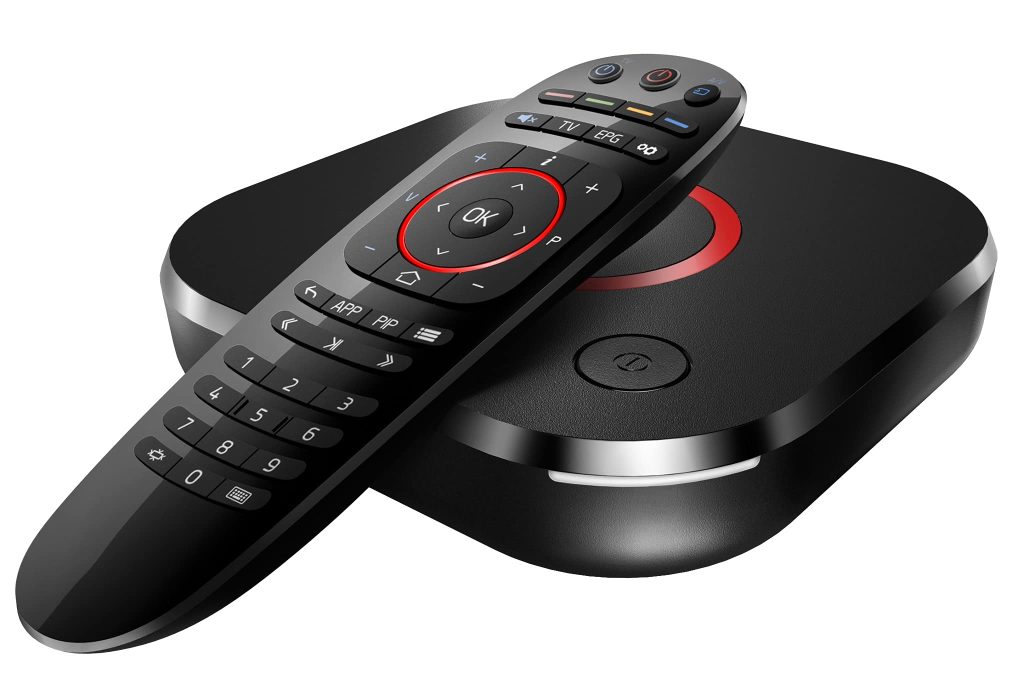Get Lightning-Fast IPTV Service with Stunning Picture and Sound Quality
In today’s fast-paced world, uninterrupted entertainment is a must-have, and IPTV services have revolutionized the way we watch television. With lightning-fast streaming speeds and crystal-clear picture quality, IPTV ensures that you enjoy your favorite shows, movies, and sports without any buffering or lag. Gone are the days of dealing with signal issues or limited channel selections IPTV offers a seamless, high-definition viewing experience tailored to modern needs. Whether you are a casual viewer or a dedicated binge-watcher, this service guarantees an optimal streaming experience. One of the standout features of IPTV is its ability to deliver stunning picture and sound quality. With support for Full HD, 4K, and even 8K resolutions, IPTV services bring a cinematic experience right to your living room. Every detail is enhanced, making colors more vibrant and visuals more immersive. Coupled with advanced audio technologies like Dolby Atmos and surround sound, you can enjoy crystal-clear dialogue and powerful sound effects that make you feel like you are part of the action. No matter what you are watching, the quality remains unmatched.

Speed and reliability are crucial when it comes to streaming, and IPTV excels in both areas. Unlike traditional cable or satellite TV, which can be affected by weather conditions and outdated infrastructure, IPTV runs on high-speed internet connections? This ensures smooth and uninterrupted viewing, even during peak hours. With powerful servers and efficient content delivery networks, buffering and lag become things of the past. You can switch channels instantly and stream in high definition without any frustrating delays. Another major advantage of IPTV is the extensive range of channels and on-demand content it provides. From live TV broadcasts to thousands of movies and TV series, there’s something for everyone. Sports enthusiasts can enjoy live matches without delays, while movie lovers can access the latest blockbusters at their convenience. IPTV also offers specialized content, including international channels, niche genres, and exclusive programming, making it a perfect solution for diverse entertainment preferences.
The convenience of IPTV extends beyond just content and quality it also offers flexibility in how and where you watch. Whether on a smart TV, laptop, tablet, or mobile phone, you can stream your favorite programs anywhere with an internet connection. Many services offer cloud DVR features, allowing you to record shows and watch them later. With multi-device compatibility and user-friendly interfaces, IPTV puts complete control of entertainment in your hands, ensuring you never miss a moment of your favorite content. With all these benefits, IPTV is redefining the way people experience television. Offering superior picture and sound quality, a vast content library, and unmatched convenience, it stands as the ultimate choice for modern viewers. Whether you are looking for live TV, on-demand entertainment, or high-definition streaming, iptv españa delivers it all with exceptional speed and performance. Experience the future of television today with an IPTV service that meets all your entertainment needs.

